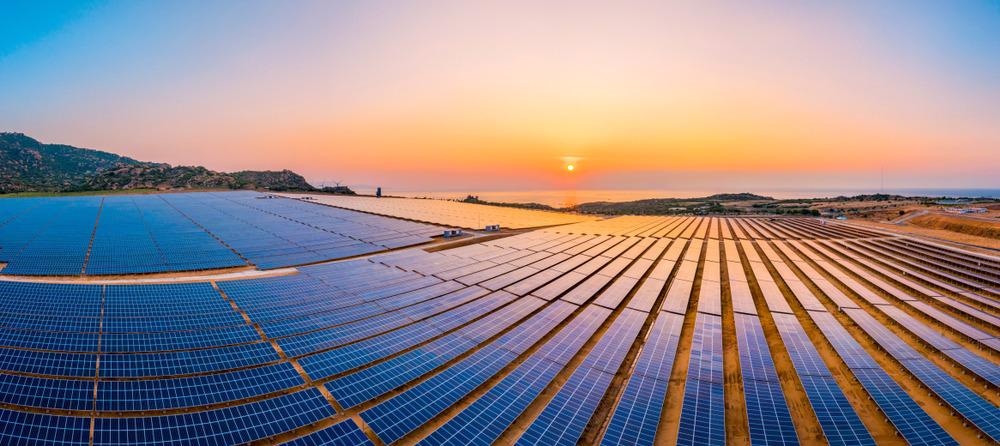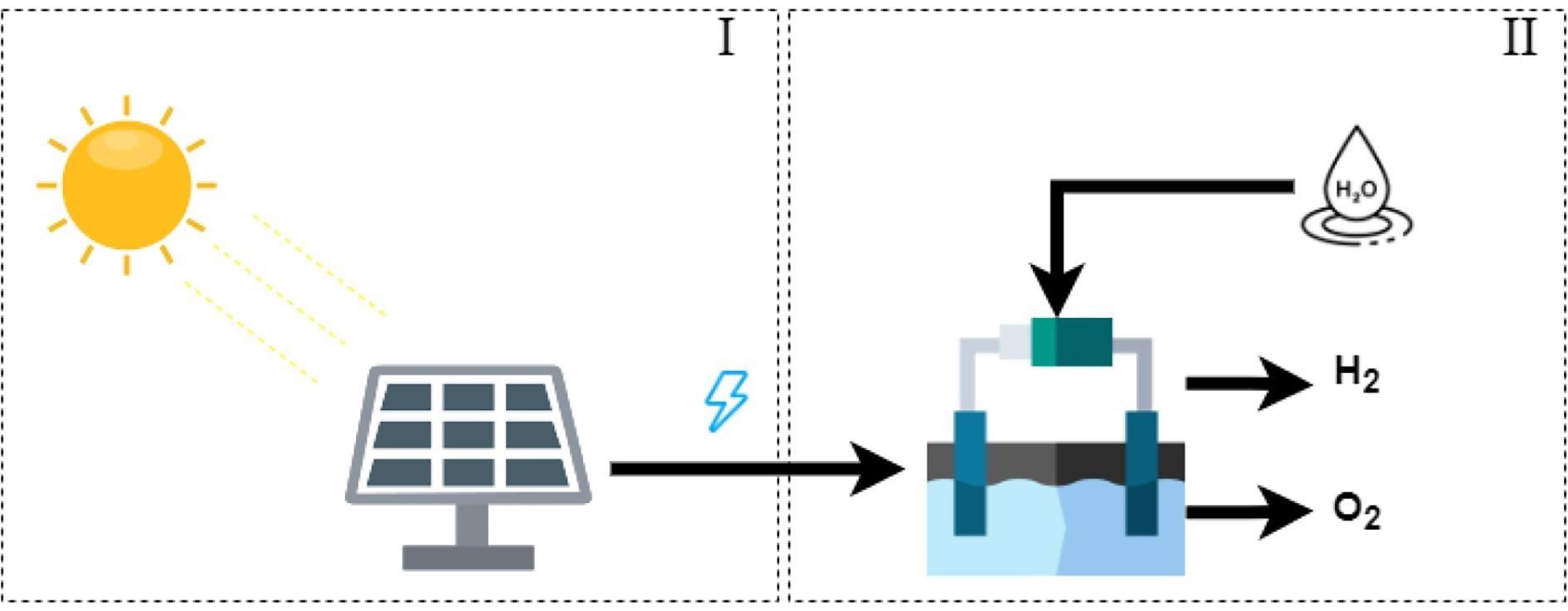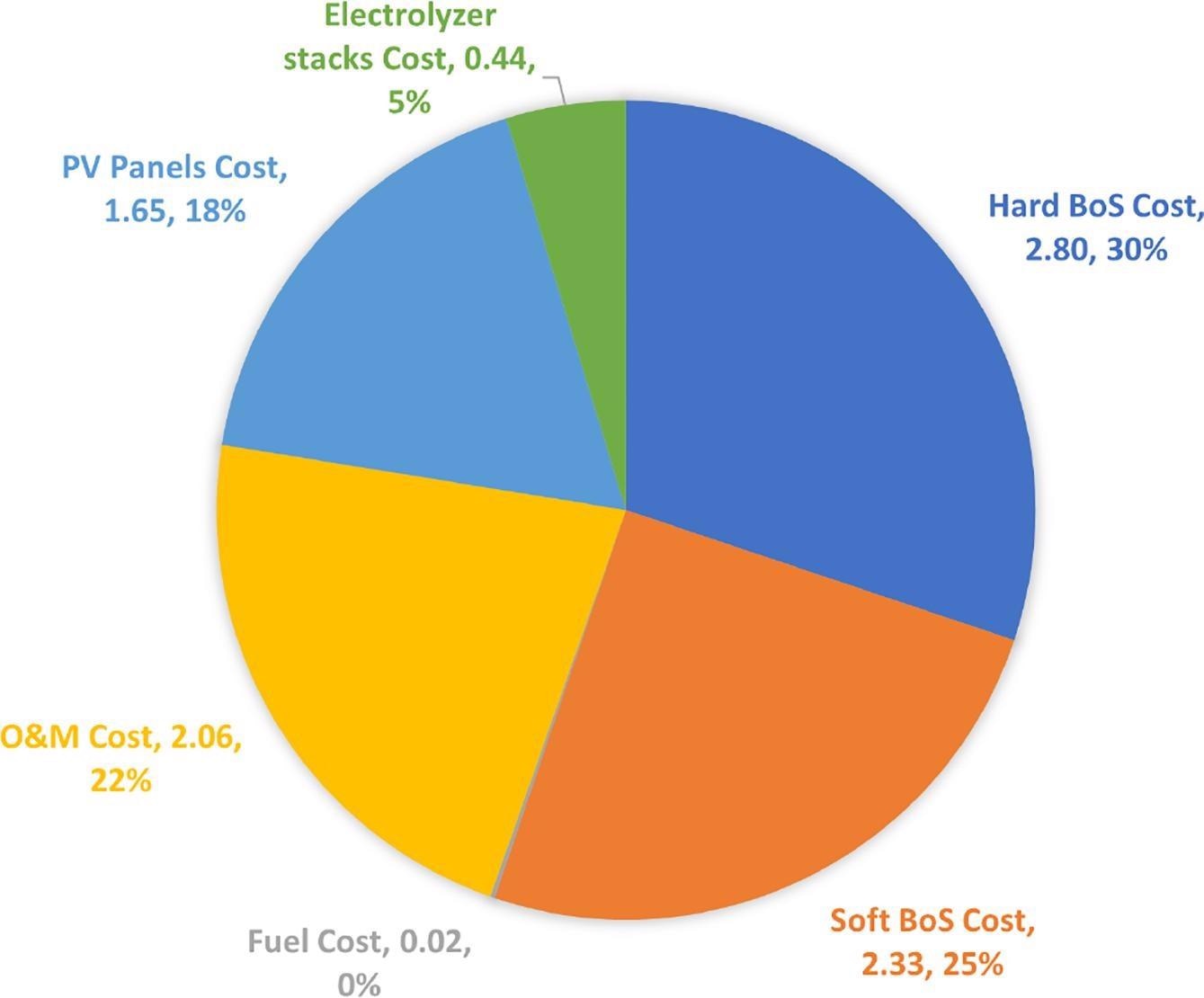The latest study published in the journal Sustainable Energy Technologies and Assessments involves a thorough study and analysis of four distinct solar-to-hydrogen (STH) and photovoltaic electrolysis methods in the Netherlands, regarding their efficacy.

Study: Analysis of photon-driven solar-to-hydrogen production methods in the Netherlands. Image Credit: Nguyen Quang Ngoc Tonkin
It is a fact that the financial constraints and scarce availability of natural resources are a major hurdle in the path of progress of renewable energy. Along with this, photon-driver hydrogen generation procedures are not being explicitly implemented on a large scale.
However, the essential need for hydrogen for energy storage cannot be denied, and the Netherlands ranks at the top of all other European countries where hydrogen manufacturing is concerned. Thorough research regarding hydrogen production is essential for a sustainable environment in the future.
Methods and Properties
The study includes an analysis of relevant literature on the Technology Readiness Level (TRL), the Levelized Cost of Hydrogen (LCOH), and other fundamental and essential criteria. For all techniques, the LCOH is determined, and it is presumed that they are performed off-grid.
 Schematic of PC-WS for hydrogen production (left) and PEC-WS for hydrogen production (right). For PC-WS the production of H2 and O2 takes places in so-called ‘baggies’. This is a plastic casing in which all the particles are contained, while light can penetrate. PEC-WS is different to PV-Electrolysis since it is a production method in which via an integrated solar panel hydrogen is produced directly. Image Credit: Frowijn, L. S et al., Sustainable Energy Technologies and Assessments
Schematic of PC-WS for hydrogen production (left) and PEC-WS for hydrogen production (right). For PC-WS the production of H2 and O2 takes places in so-called ‘baggies’. This is a plastic casing in which all the particles are contained, while light can penetrate. PEC-WS is different to PV-Electrolysis since it is a production method in which via an integrated solar panel hydrogen is produced directly. Image Credit: Frowijn, L. S et al., Sustainable Energy Technologies and Assessments
The figures are in dollars per kilogram of H2. Keeping in mind the financial and technological aspects of the study, the most common materials/semiconductors and optoelectronic catalysts are used for the LCOH computations.
Multicriteria Analysis (MCA)
The MCA incorporates factors such as the upscaling potential, safety hazards, and minimum tested stable operating time (MTSOT). Safety hazards include the explosions due to water spilling, while the accumulated carbon content is responsible for the carbon footprint of the STH. Because the Netherlands already produces a substantial amount of hydrogen, transitioning to more ecological hydrogen generation should be feasible in terms of expansions. As a result, the upscale potential is used to determine which STH processes are capable of producing large amounts of hydrogen at this time.

Schematic of PV-electrolysis: An indirect hydrogen production method in which first electricity is generated via the PV cell and that electricity is utilized in the electrolyzer to produce hydrogen. Image Credit: Frowijn, L. S et al., Sustainable Energy Technologies and Assessments
Model and Stakeholders in Latest Research
The study published in the journal includes an analysis of two major types of photon-driven hydrogen production methods with the standard process of PV-Electrolysis. The two processes include photochemical water splitting and bio-photolysis. The photochemical water splitting is of two types termed the photoelectrochemical (PEC-WS) and photocatalytic WS (PC-WS). On the other hand, PV-electrolysis involves the utilization of PV electrical power as an electrolyzer source to produce hydrogen. The latest study by Mr. Wilfried and his team involves the development of a model comprising all the essential technological and economical constraints for the performance assessment of STH.
The stakeholders defined for this study include the short-term investor, Visionary Investor, and the Green Investor. This choice of such a complex model incorporating various factors was the only possible way to accurately analyze the STH synthesis method. The assumptions for the model were selected from research papers by James et al. and Shaner et al.
Latest Research Findings
The latest research, as mentioned, utilized the MCA, and an important factor within this is the STH efficiency. The efficiencies of all the processes were calculated during the study. The PEC-WS had an STH efficiency of 10.6%, while the PC-WS, DBP (Direct Bio-photolysis), and IBP (Indirect Bio-Photolysis) were found to have efficiency values of 0.4%, 2.00%, and 1.0%, respectively.
The most essential factor LCOH values are important while making industrial decisions. The LCOH for PV-electrolysis was found to be 9.31 $/kgH2, while a value of 19.98 $/kgH2 and 18.45 $/kgH2 were found for PEC-WS and DBP. IBP had an LCOH value of 36.39 $/kgH2, which is double that of DBP, and a cost breakdown that is identical to DBP's.
The safety plan included the availability of fire safety equipment and a gas leakage detection mechanism. The research regarding the industrial expansion of PV-electrolysis was found to be controllable, as per Ottone et al. [82]. Although some additional expenditures for the separated components of the power systems can be envisaged, a pretty wide space would be required.

LCOH breakdown of the PV-electrolysis STH method. Values are given in $/kgH2 and in rounded percentages as part of the total LCOH. Image Credit: Frowijn, L. S et al., Sustainable Energy Technologies and Assessments
The next step was the critical MCA results, which declared PV-electrolysis the most suitable for all three stakeholders short-term investor, green investor, and visionary investor with scores of 0.8, 0.68, and 0.62 respectively.
The problems discovered were regarding algae-based hydrogen synthesis due to oxygen sensitivity. This causes losses due to entire operational inhibition in less than a minute. This is notably troublesome for algal species, but less so for cyanobacteria, which uniquely create hydrogen.
In short, the technical and economic aspects have been studied in detail along with a performance assessment of all the processes. PV-electrolysis was declared as the most suitable option economically with DBP being the least viable option. Due to the considerable knowledge gap regarding these methods, it is advisable to continue thorough research in such technologies to implement them on an industrial stage globally.
References
Frowijn, L. S., & van Sark, W. G. (2021). Analysis of photon-driven solar-to-hydrogen production methods in the Netherlands. Sustainable Energy Technologies and Assessments. https://www.sciencedirect.com/science/article/pii/S2213138821006457
Disclaimer: The views expressed here are those of the author expressed in their private capacity and do not necessarily represent the views of AZoM.com Limited T/A AZoNetwork the owner and operator of this website. This disclaimer forms part of the Terms and conditions of use of this website.